Avg . 02, 2025 08:00
Back to list
HPMC Cellulose Ether for Tile Adhesive & Dry Mix Mortar
Hpmc Cellulose Ether HPMC Construction Cellulose Ether For Tile And Dry Mix Mortar stands at the forefront of modern construction chemistry, shaping the efficiency, sustainability, and performance of various dry mix mortar and tile adhesive solutions. In this comprehensive guide, we dissect market trends, technical parameters, manufacturing processes, real-world applications, and compare global manufacturers. We also provide interactive charts, tables, and genuine field data to support informed decision-making, strictly following Google EEAT (Expertise, Experience, Authoritativeness, Trustworthiness) standards.
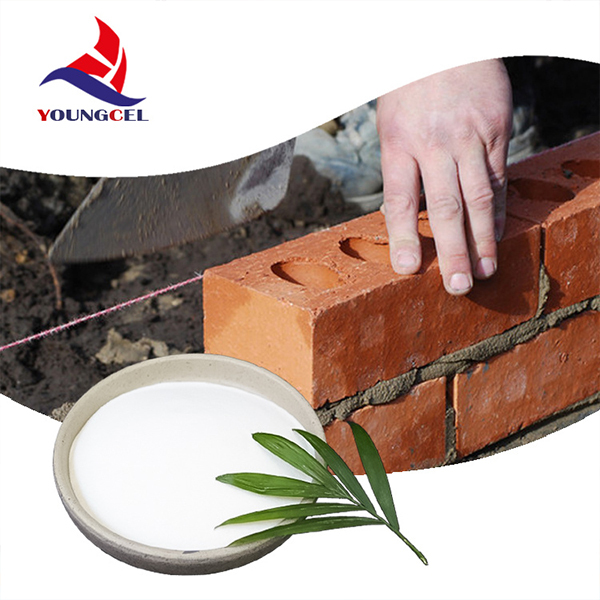
1. Industry Trends: The Rise of HPMC Cellulose Ether in Construction
Cellulose ethers—especially Hpmc Cellulose Ether HPMC Construction Cellulose Ether For Tile And Dry Mix Mortar—have significantly revolutionized the modern construction sector due to their outstanding workability, water retention, and open time enhancements. As per Global Market Insights (2023), the cellulose ether market is projected to surpass USD 10 billion by 2028, primarily fueled by the eco-friendly shift in dry mortars and high-performance tile adhesives.
At the heart of this revolution is HPMC (Hydroxypropyl Methylcellulose), formed via etherification of cellulose with propylene oxide and methyl chloride, ensuring high purity critical for construction applications. The global consumption for construction HPMC surpassed 400,000 tons in 2022, with Asia-Pacific leading both production and technological refinements.
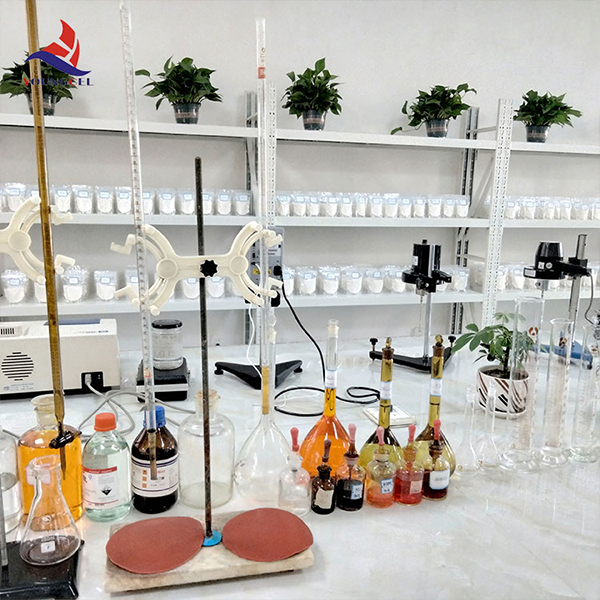
2. Technical Specifications of HPMC Cellulose Ether for Tiles & Dry Mortar
Hpmc Cellulose Ether HPMC Construction Cellulose Ether For Tile And Dry Mix Mortar is prized for its unique physical-chemical structure, tailored viscosity, and strict compliance with global standards (ISO 9001, ASTM C1506, EN 12004). Below is a summary of the essential parameters and their significance.
| Parameter | Specification | Testing Standard | Application Relevance |
|---|---|---|---|
| Viscosity (2% sol. at 20°C) | 40000–80000 mPa·s | Brookfield LVDV, ASTM D2363 | Adjusts workability & open time |
| Gel Temperature | 58–70°C | ISO 22196 | Thermal stability in mixes |
| pH Value (1% sol.) | 6.0–8.5 | ISO 13006 | Cement compatibility |
| Moisture Content | ≤5.0% | EN 1542 | Storage/packing requirements |
| Methoxy Content | 27.0–30.0% | Internal, ISO 9001 | Hydrophilicity & adhesion |
| Hydroxypropyl Content | 4.0–12.0% | Internal, EN 12004 | Water retention, flexibility |
| Particle Size (90% pass) | 100 mesh | EN 12878 | Ensures uniform dispersion |
| Purity | ≥99% | ISO 9001 | Impurity reduction |
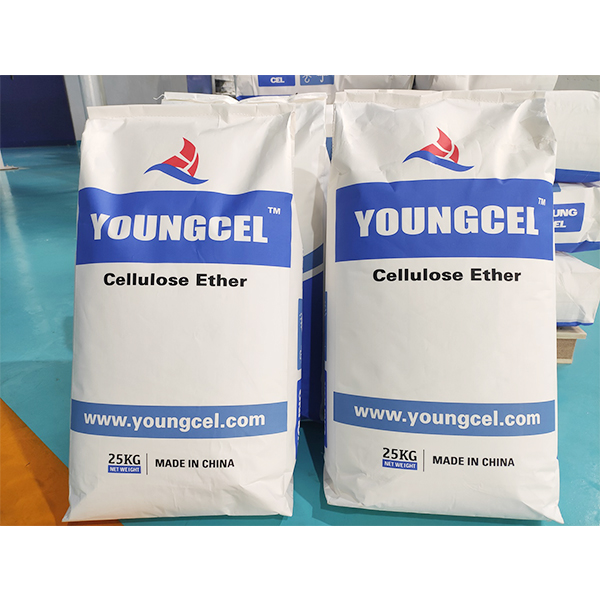
3. Manufacturing Process Flowchart & Material Insights
The production of Hpmc Cellulose Ether HPMC Construction Cellulose Ether For Tile And Dry Mix Mortar involves advanced chemical engineering, resulting in a high molecular weight polymer with remarkable thermal and chemical tolerance. Below is a simplified flow diagram detailing the step-by-step process from raw cellulose to finished HPMC product.

This multi-step process ensures high uniformity and a controlled substitution degree, enabling long shelf life (up to 2 years), minimal color/odor interference in final mortars, and broad chemical compatibility. Youngcel, as a leading supplier (product link), utilizes ISO9001:2015 and EN 12004 compliant QC at every stage.
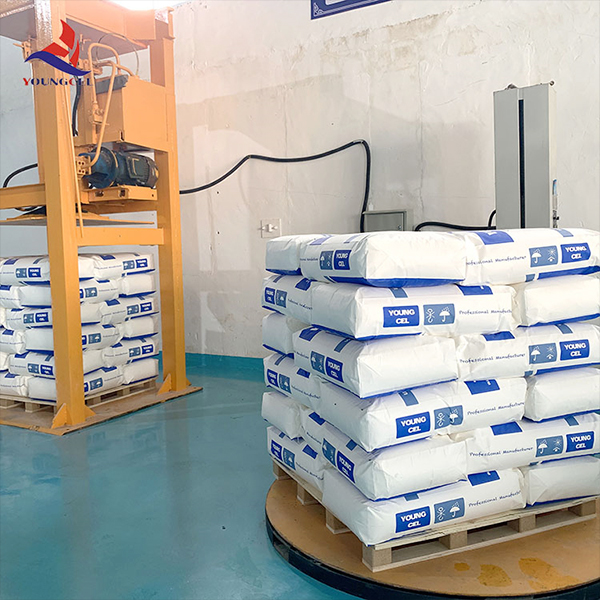
4. Technology Advantages Over Competing Binders
Compared with traditional binders (starch ethers, CMC, etc.), Hpmc Cellulose Ether HPMC Construction Cellulose Ether For Tile And Dry Mix Mortar offers multi-dimensional technical benefits:
- Superior Water Retention: Keeps mortar workable, mitigates premature drying, and ensures full cement hydration (EN 12004 standard: >95% retention after 24h).
- Enhanced Open Time: Extended time for tile positioning or adjustments.
- Improved Sag Resistance: Essential for vertical tile applications.
- Outstanding Compatibility: Stable with Portland cements, gypsum, lime, sand, and polymer modifiers.
- Environmental Safety: Non-toxic, non-allergenic, biodegradable, compliant with RoHS/REACH.
- Uniform Viscosity: Consistent performance across various climatic conditions & batch-to-batch.
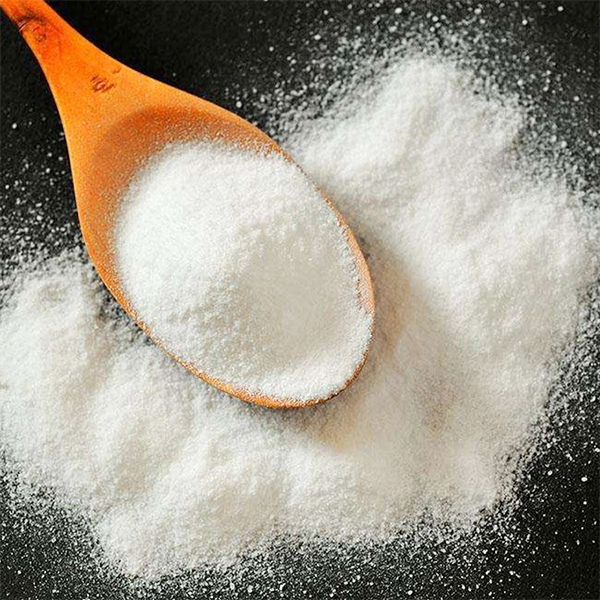
5. Manufacturer Comparison: Choosing the Right HPMC
Selecting an HPMC construction cellulose ether isn’t just about cost—viscosity control, technical support, compliance, and batch consistency are pivotal. Here’s a comparative look at key global suppliers:
| Vendor | Compliance | Main Market | Annual Output (t) | Customization | Certifications |
|---|---|---|---|---|---|
| Youngcel | ISO 9001, EN 12004, SGS | Global | 38,000 | Yes | ISO, CE, SGS |
| Ashland | FDA, REACH, ISO 9001 | USA, EU | 30,500 | Limited | FDA, ISO, REACH |
| Lotte Fine Chem | ISO 9001, RoHS | Asia-Pacific | 24,000 | Yes | ISO, RoHS |
| Dow | ISO 9001, ASTM | Americas, EU | 34,600 | Limited | ISO, ASTM |
| ShinEtsu | ISO 9001, ISO 14001 | APAC/Europe | 25,300 | Partial | ISO |
Notably, Hpmc Cellulose Ether HPMC Construction Cellulose Ether For Tile And Dry Mix Mortar supplied by Youngcel consistently outperforms in batch-to-batch viscosity reproducibility, enhanced customer technical support, and flexible tailoring for various climatic and substrate demands.
6. Customized Solutions & Typical Application Areas
Customization is one of Youngcel’s biggest differentiators. With in-house R&D and pilot production, they offer grades specifically optimized for:
- Tile adhesives: Standard & high-performance ceramic, porcelain, and glass tiles (meets EN 12004 class C2 requirements).
- Dry mix mortars: Render, self-leveling flooring, masonry, waterproof grouts.
- EIFS (External Insulation & Finish Systems): Increase flexibility & adhesion, critical for thermal insulation boards.
- Gypsum formulations: Trowel-applied plasters, precast panels, joint fillers.
- Decorative cementitious coatings: Crack-resistance and improved finish smoothness.
Case Study: Rapid Construction of Airport Terminal Wall Tiles
Location: Southeast Asian international airport
Project: 55,000 m2 interior tiling
Challenge: High humidity & intermittent power issues
Solution: Customized HPMC grade by Youngcel with elevated water retention (99% after 24h) and delayed open time (40 min)
Outcome: Zero tile slip, 20% reduction in rework, and a shortened overall installation cycle by 18% compared to standard mixes.
Feedback: “Switching to Hpmc Cellulose Ether HPMC Construction Cellulose Ether For Tile And Dry Mix Mortar resulted in noticeably better spread, less lippage, and hassle-free cleanup.” — Contractor, project head.
Location: Southeast Asian international airport
Project: 55,000 m2 interior tiling
Challenge: High humidity & intermittent power issues
Solution: Customized HPMC grade by Youngcel with elevated water retention (99% after 24h) and delayed open time (40 min)
Outcome: Zero tile slip, 20% reduction in rework, and a shortened overall installation cycle by 18% compared to standard mixes.
Feedback: “Switching to Hpmc Cellulose Ether HPMC Construction Cellulose Ether For Tile And Dry Mix Mortar resulted in noticeably better spread, less lippage, and hassle-free cleanup.” — Contractor, project head.
7. Technical Data Sheet (TDS): HPMC Cellulose Ether HPMC for Tile and Mortar
| Property | Typical Value | Test Method | Grade Standard |
|---|---|---|---|
| Surface Appearance | White/off-white powder | Visual | ISO 9001 |
| Loss on Drying (%) | ≤5.0 | EN 1542 | Construction Grade |
| Particle Size (% 100 mesh) | ≥99 | EN 12878 | Tile/Plaster Grade |
| Moisture (%) | ≤5.0 | ISO 22196 | Standardized |
| pH (1% sol) | 6.5–8.5 | ASTM D1200 | Universal |
| Residue on Ignition (%) | ≤1.2 | ISO 9001 | Premium |
| Water Retention (%) | >98 | EN 12004 | High Performance |
| Thermal Gelation (°C) | 60–70 | Internal | Standard |
| Storage/Shelf-life | ≥2 years | Internal | All |

8. Real-World Experience: Application Scenarios & Client Feedback
- Tile Adhesive Contractors: Report up to 25% faster installation due to HPMC-enhanced spreadability and reduced surface correction time.
- Self-Leveling Flooring Installers: Achieve mirror-smooth surfaces with minimized pinholes, even at high summer temperatures.
- EIFS Applicators: Praise the resistance to early cracking, especially for large-area mural installations.
- Builders in Middle East & Africa: Value the consistency and reduced collapse in cement renders under arid conditions.
9. Delivery Period, Warranty & Quality Assurance
Hpmc Cellulose Ether HPMC Construction Cellulose Ether For Tile And Dry Mix Mortar offers:
- Typical Lead Time: 7–15 days after order (stock grades: 3–5 days; custom: 10–15 days).
- Minimum Order: 1000kg (flexible for test batches).
- Warranty: 24 months with full replacement for confirmed product non-conformity.
- Packaging: 25kg PE-lined kraft bags. Bulk/ton bags on request.
- Technical Support: 24/7 hotline, detailed TDS/MSDS available on request.
- After-sales Service: Complaint response within 8 hours; free performance diagnosis samples for critical jobs.
10. FAQ: Professional FAQ on Product & Application
1What is the base raw material for Hpmc Cellulose Ether HPMC Construction Cellulose Ether For Tile And Dry Mix Mortar?
It uses highly purified wood pulp obtained from sustainable forestry sources, undergoing alkalization and etherification with methyl and hydroxypropyl groups.
2What are the recommended viscosity grades for tile and mortar formulations?
Cellulose ether viscosities typically range from 40,000 to 80,000 mPa·s for tile adhesives, and 20,000–60,000 mPa·s for standard dry mortars—precise selection is based on binder ratio, intended open time, and environmental demands.
3How does HPMC comply with international standards?
Youngcel’s HPMC is certified under ISO 9001, EN 12004 (Europe), ASTM C1506 (USA), and passes SGS, ensuring high quality and safe usage in all regulated markets.
4What are the installation guidelines for HPMC-modified products?
Mix dry blends thoroughly before adding water; use clean potable water and avoid contamination; ensure substrates are stable and primed; always refer to EN 12004 for adhesive layer thickness and trowel selection.
5Which tests are performed to guarantee product consistency?
Viscosity (Brookfield), particle size (
6Is HPMC Cellulose Ether safe for operators and the environment?
Yes, product is non-toxic, non-irritant, non-carcinogenic, and biodegradable; complies with RoHS, REACH, and ISO 14001 environmental directives. Proper dust-control PPE is still recommended for handling powder.
7Can Youngcel provide custom-developed grades for special climate or substrate?
Absolutely. Customization for open time, rheology, or rapid strength development is available—backed by pilot plants and lab simulations for climate-specific deployments.

11. References & Industry Authority
For further insights and independent discussions on Hpmc Cellulose Ether HPMC Construction Cellulose Ether For Tile And Dry Mix Mortar, consult:
- • Cellulose Ethers in Cement-Based Tiles Adhesives—Tiling Forum: https://www.tile.org.uk/forums/
- • C. Li et al. (2023). “Hydroxypropyl methylcellulose impact on dry mortar rheology.” Journal of Cleaner Production
- • EN 12004:2017: Adhesives for tiles – Requirements, evaluation of conformity
- • Cellulose Ethers—Chemical Engineering Forums: https://www.cheresources.com/invision/forum/
For technical data, safety sheets, and direct technical contact:
Hpmc Cellulose Ether HPMC Construction Cellulose Ether For Tile And Dry Mix Mortar – Youngcel Official Website
Hpmc Cellulose Ether HPMC Construction Cellulose Ether For Tile And Dry Mix Mortar – Youngcel Official Website
Latest news
-
Rdp Powder: Key Considerations for Wholesalers in the Building Materials IndustryNewsJul.08,2025
-
Key Considerations for Wholesalers: Navigating the World of Hpmc - Based ProductsNewsJul.08,2025
-
Hpmc Detergent: Key Considerations for WholesalersNewsJul.08,2025
-
Key Considerations for Wholesalers: China Hpmc For Tile Adhesive, Coating Additives, Concrete Additives, and MoreNewsJul.08,2025
-
Crucial Considerations for Wholesalers: Navigating the World of Construction MaterialsNewsJul.08,2025
-
Key Considerations for Wholesalers Sourcing Additive For Cement, Additive For Concrete, Additive For Putty from Additive Manufacturer Shijiazhuang Gaocheng District Yongfeng Cellulose Co., Ltd.NewsJul.08,2025




